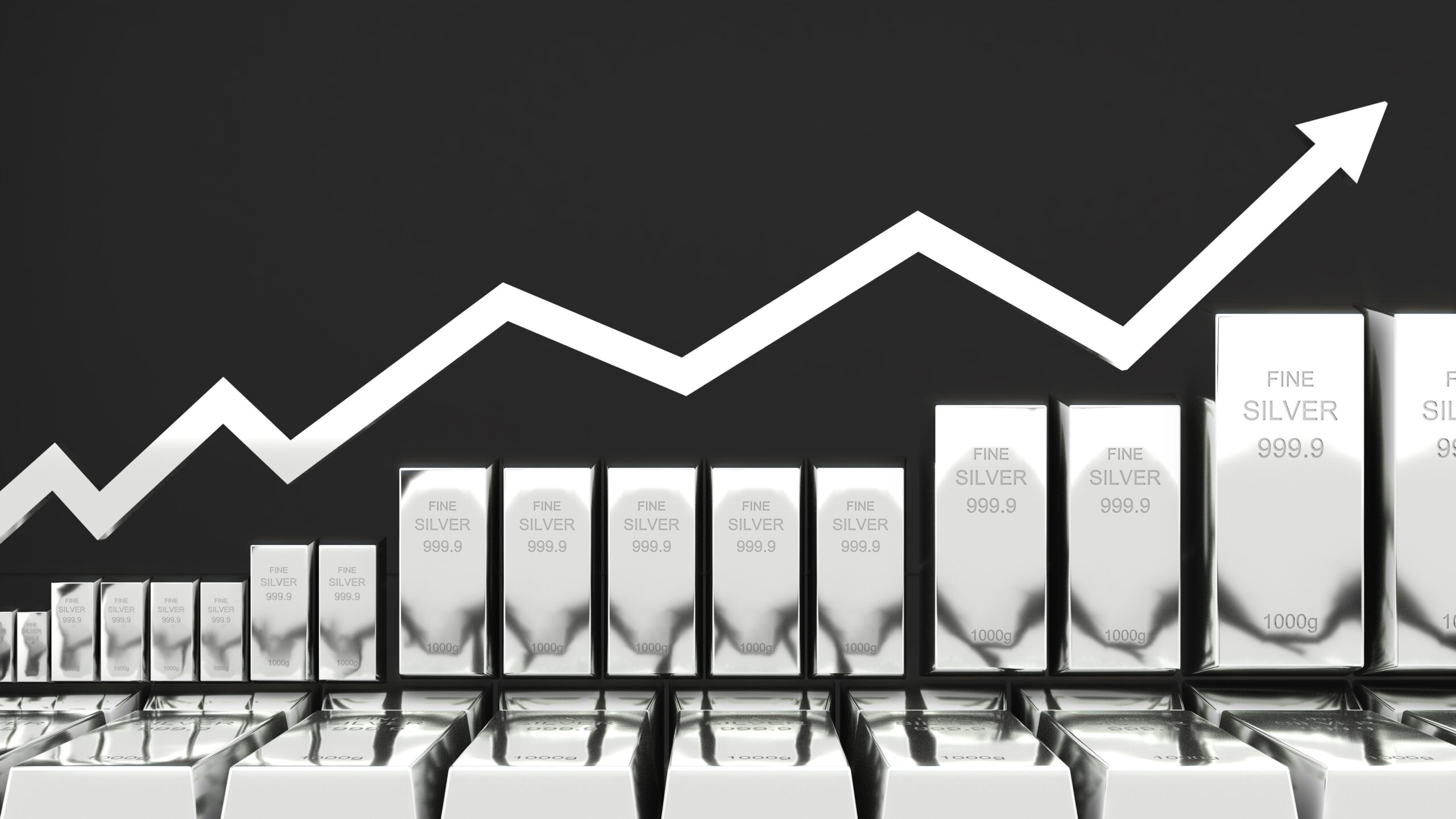Industrial Silver and Investing
Silver — An underestimated, yet versatile metal
When it comes to precious metals investing, gold usually occupies centre stage — and for a good reason. Seen as a hedge against risk in an investor’s portfolio, it can protect your position during financial uncertainty and geopolitical crises. However, people often overlook the significance of other precious metals, such as silver. Silver holds industrial and monetary value and, in its physical state, is found in everything from jewellery, dental alloys, solder and brazing alloys, electrical contacts, and batteries.

And now, with the emergence of sustainable technologies and the growth of the renewable sector, demand for solar panels and electric vehicles could lift silver prices, allowing you to get great rates of return if invested correctly.
Silver is a versatile metal and has many industrial uses. Like any commodity, silver can experience volatility — however, when combined with other precious metals as part of a diverse portfolio, it is also seen as a safe-haven asset. Safe-haven assets can protect investors in times of uncertainty, offering security to investors looking to preserve their wealth in difficult times. This guide will highlight why silver is an underrated metal to invest in when you’re considering precious metals investing.
Why invest in silver?
Not only can it diversify our portfolio, but it can also protect you in times of turmoil. White metal tends to get overlooked in favour of gold, even though it plays the same role. We’d be remiss if we failed to mention that silver tends to move in tandem with gold, so when the price of gold rises, so too does the price of silver. And because its cost is significantly lower than gold, it offers an easier onramp with significant gains if the silver price goes up. Silver has been a frequently traded commodity for thousands of years, so there has always been an expectation that it will endure while market events might impact a fiat currency. Some additional reasons include:
Industrial Silver in Renewable Energy:
Silver has proven to be an “eco metal” and correlates well with green initiatives. Because of its conductive properties and strength, industrial silver is highly beneficial for companies and governments looking to take advantage of its versatility. It’s also the most reflective of all metals and has proven useful in developing solar panels, electric cars, batteries, glass coatings, water purification, antimicrobial applications, touch screens and LED lighting.
Industrial silver demand:
As mentioned in previous posts about EVs, the automotive sector is looking to produce more electric vehicles, and silver will play a key role. If industry and governments want to continue to expand their green energy goals, then there is no other way around it. They must buy silver, which will ultimately send the price up.
Monetary value:
Early civilizations used silver as one of the first currencies — to date, mints still produce silver coins. Silver is a long-term store of value, and its worth often surpasses its face value as currency. The ongoing debasement of fiat money is making more people turn to the safety of precious metals such as gold, particularly silver.
Gold to silver ratio:
The gold/silver ratio is still very much in favour of more upside for silver. Gold and silver investors who trade these precious metals can essentially use the gold-silver ratio as a sign as to when to buy or sell either gold or silver.
Industrial Uses of Silver
Many people underestimate the value of silver in a portfolio. However, its versatility within applications and investment products shows a promising future. Because of its strategic position as a less rare — and therefore less expensive — metal than gold, different industries have found several uses for silver.
Silver in Electronics:
We live in an electronic-dependent society, and many of us do not realize that silver is behind many of the electronic devices that we use today. Electrical motor switches, light switches, batteries, speaker/headphone wires, Bluetooth technology, and keyboards all contain silver.
Silver in Medical Applications:
Silver is used in burn treatments, catheters, prosthetics, dental fluoride and fillings, surgical needles and hearing aids. Antibacterial and antimicrobial properties make it perfect for preventing infection and fostering a healthy body.
Glass:
Silver is useful for its reflective qualities and is often used in glass, including mirrors, home and office windows, windshields, aircraft and spacecraft tiles, and sunglasses. Silver coatings block approximately 90 to 99 percent of harmful UV rays on glass applications.
Silver Jewellery:
You’re probably most familiar with silver’s role in silverware and jewelry. For millennia, humans have included silver in producing everything from utensils and dishes to rings, necklaces, bracelets and earrings.
Household Appliances:
Many typical household items contain silver, improving function and aesthetics. Many people do not realize that everyday things in their home, including refrigerators, dishwashers, musical instruments, air conditioners and more, contain silver components.
Bottom Line
Silver deserves more attention and appreciation for its many roles in our current society. While other metals like palladium share some of silver’s uses, silver remains one of the most versatile metals on earth. Investors looking to capitalize and hedge their portfolios against risk know that silver is always in high demand. And your pocketbook could benefit in return.
Sources:
